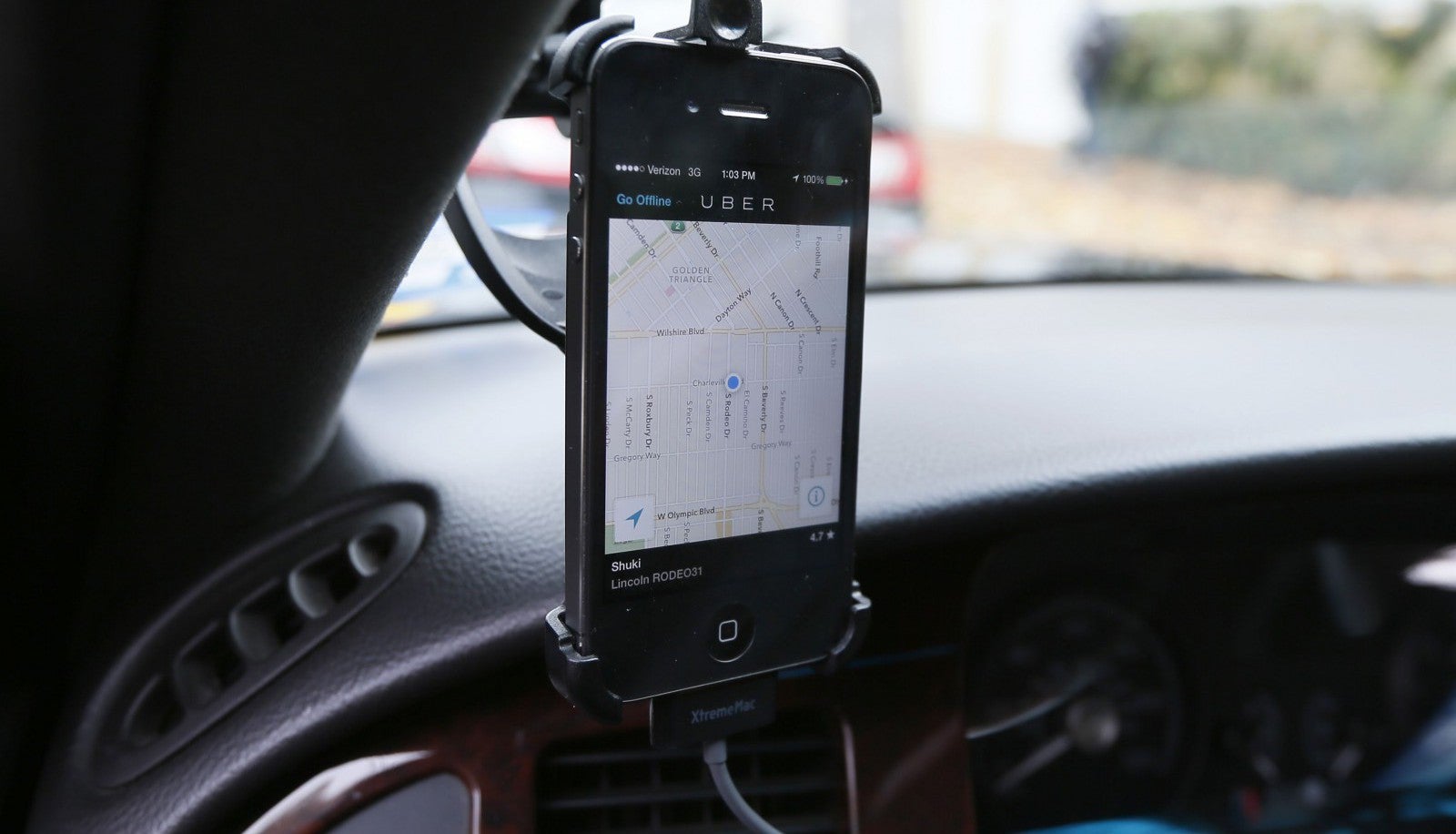Uber cashes in on the London Tube strike by tripling fares
A predictable consequence of today’s massive strike by London Underground workers: Uber implemented surge pricing amid the gridlock, charging as much as three times the normal fare for rides in the city.


A predictable consequence of today’s massive strike by London Underground workers: Uber implemented surge pricing amid the gridlock, charging as much as three times the normal fare for rides in the city.
London made extra buses, bicycles, and riverboats available in an attempt to compensate for the outage, but additional demand for taxis and Uber rides was inevitable. The ride-sharing service has a standard and fairly straightforward policy on surge pricing: when demand for rides increases, so do fares. But many of the roughly 4 million people who had to seek alternative modes of transportation still took offense.
An Uber spokesman told Quartz in an email that surge pricing ultimately benefits customers: “Drivers work on the Uber platform on a completely flexible basis, as much or as little as they want. During times of peak demand…fares increase temporarily to incentivise more drivers to work on the platform.”
Uber has on other occasions suspended surge pricing during public emergencies, offering reduced-price or even free rides to customers. Such a move comes at the expense of the company’s bottom line but garners goodwill—although sometimes, as when New York was crippled by Hurricane Sandy, irritated customers pressured the company to make the move.
Such a reversal does not appear likely in London, which several economists say is totally fine—though they’re skeptical of Uber’s claim that surge pricing increases the number of drivers.
To make matters worse, Uber may have another PR disaster on its hands. A leaked voicemail recording of a London Uber driver threatening to “cut the neck” of a customer was published today, spurring a renewed debate about how well the company screens its drivers.